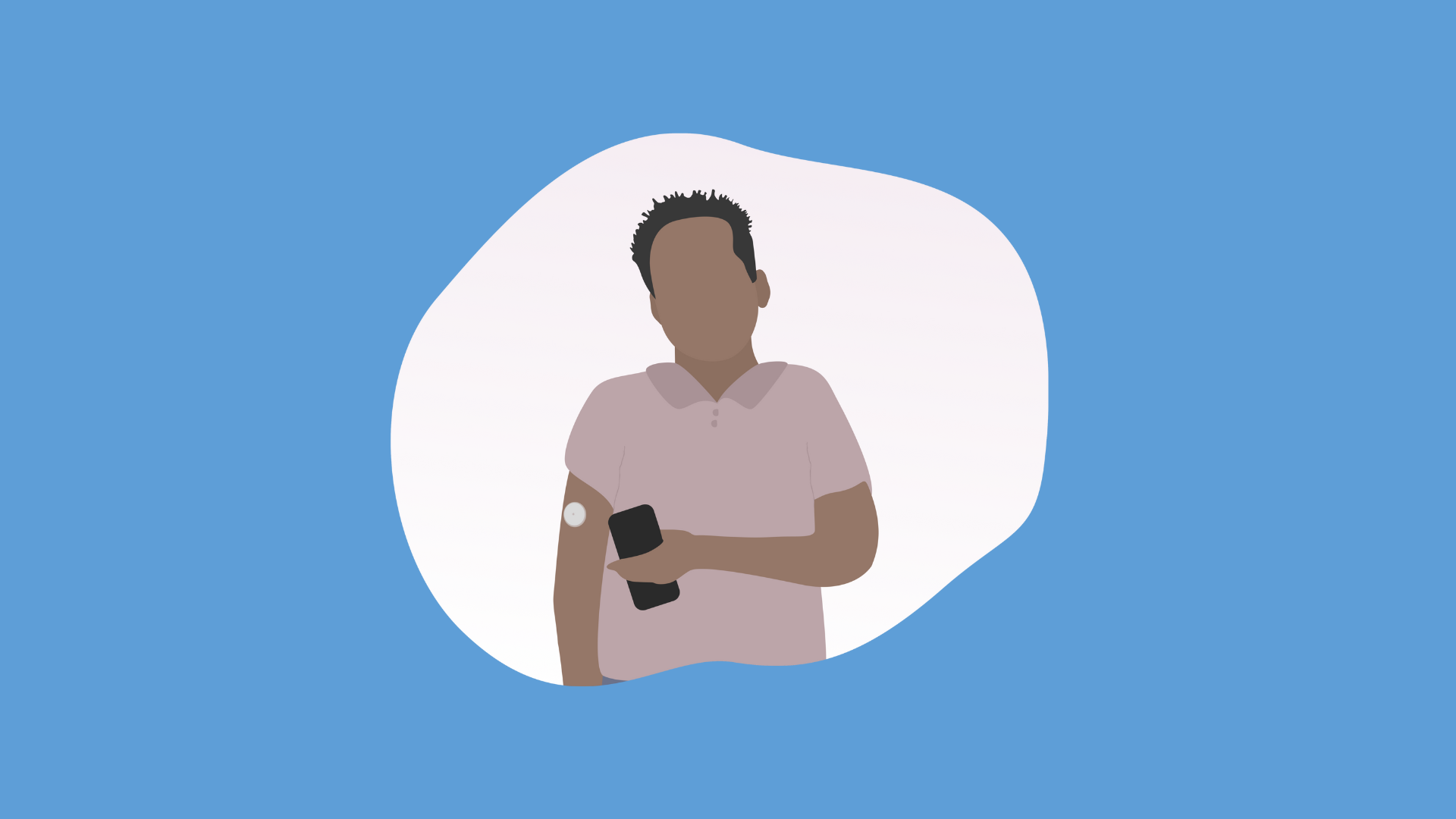This live webinar, hosted by Dr. Hertzel Gerstein and featuring Dr. Alice Cheng as the keynote speaker, was all about understanding the hidden information in your continuous glucose monitor (CGM) readings. The conversation focused on how CGMs provide a continuous stream of data that helps you actively manage your diabetes.
Dr. Cheng explained that traditional finger-prick tests only give you a single snapshot of your glucose (blood sugar) levels, like glancing at a car’s speedometer a few times a day. A CGM, on the other hand, provides a constant view of your glucose levels, revealing where your sugar has been and where it’s headed. This constant flow of information can support you in making more immediate decisions about your health.
Key Information in Your CGM Data
The speaker highlighted that the real power of a CGM comes from using this information to make choices. They focused on several key features of the data:
- Real-Time Trends: The arrows on your CGM tell you if your glucose is rising, falling, or holding steady, allowing you to predict what might happen and take action before your levels get too high or low.
- Long-Term Patterns: By looking at reports like “time in range” and “daily patterns,” you can see trends happening over time. For example, if you consistently see a sugar spike after breakfast, you can change your food choices or activity level and see the results the next day. This trial-and-error approach helps you learn what works for you in real time.
- Setting Alarms: CGMs can be set to alert you with alarms if your sugar levels are getting too high or too low. This feature gives you a chance to react and correct your glucose before it becomes a problem.
- Accuracy vs. Action: The speaker addressed why CGM readings and finger-prick tests sometimes don’t match. They explained that CGMs measure sugar from the fluid under your skin, which has a slight time delay compared to a blood sample. The key is to trust the overall trend from your CGM and only use a finger prick to confirm a reading if it seems incorrect, like if the CGM says you’re low but you feel fine.
- The Big Picture: Ultimately, the daily patterns report gives you a summary of your sugar levels over two weeks, showing you where you spend most of your time. The goal is to keep the majority of your readings within the target green zone, which is a great way to visually track your progress.
The webinar made it clear that a CGM is not just a device for monitoring blood sugar, but a powerful tool for making informed decisions about your health.
Click here to watch a recording of the webinar “The Info Hiding in Your Continuous Glucose Monitor Readings” and share your feedback with us.
Webinar Panelists

Dr. Alice Cheng
Keynote Speaker

Dr. Hertzel Gerstein
Moderator



